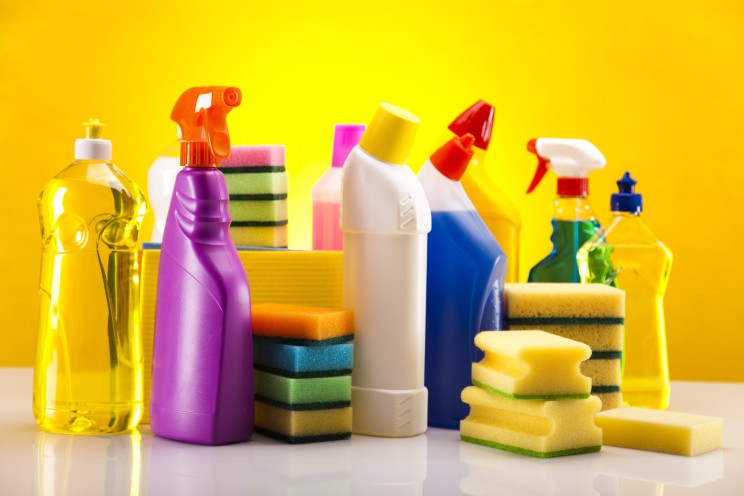
#iorestoacasa (translated to English as I'm staying at home) is the message that is dominiating the interet these days due to the coronavirus outbreak in Italy and beyond. Now, more than ever, it is essential to make sure your home a safe place for you and your family. In order to make sure this is the case, the home improvement website ProntoPro has shared three important tips for cleaning and disinfecting your home to make it a safer place for everyone.
The following tips are from experts in the field of home and industrial cleaning with advice on how to clean your home, eliminating germs and bacteria. This process, called "sanitising", implies the simultaneous application of two steps: cleaning and disinfecting any surface. Let's see how it's done.
Choose the right products
It is possible to use disposable products such as paper, as well as steam emitting equipment, since the thermal shock allows the total elimination of pathogens. However, chemical based products are also suitable for deep cleaning a home environment, and the choice of the appropriate detergent depends on the type of dirt you are faced with. To remove limescale, for example, it is necessary to use products with a base of hydrochloric acid; for greasy residues, it is advisable to use a product such as bleach or a de-greasing product. Avoid mixing these two categories of products as there is a potential risk of poisoning.
In addition, everyone's grandmother tends to have some homemade concoctions for cleaning and these are always useful options and have a low environmental impact. They include the use of substances such as vinegar, citric acid or bicarbonate of soda for dirt removal operations. You can also use boiling water above 70°C to make sure you eliminate all germs.
To complete this process of sanitising the surfaces in your home, it is good practice to use a disinfectant such as alcohol (at least 75%) and leave it to act on surfaces for at least 60 seconds. Finally, rinse surfaces thoroughly with water to avoid the risk of chemical contamination through contact or inhalation of disinfectant products.
Textile hygiene
The advice of experts in the case of removable and washable fabrics and textiles at home is to put them in the washing machine at a temperature of at least 70°C to ensure the elimination of germs and bacteria. If it is not possible to wash everything at high temperatures, the addition of products to normal detergent may be considered, such as bleach or hydrogen peroxide .
For fabrics and upholstery that cannot be machine washed, we recommend the use of steam and vacuum cleaners equipped with a HEPA filter and collection compartment that can filter out even the smallest bacteria particles.
Cleaning frequency
Experts recommend cleaning on a daily basis where possible. The final piece of advice is to follow the main indications suggested by the WHO (World Health Organisation): use ethanol (alcohol) with a concentration of at least 75% or chlorine products (common bleach) at 1%. If it is not possible to carry out these practices independently, the option of external help also remains and you can rely on professionals in the sector, who have all the legal requirements and the specific equipment for this type of intervention.






